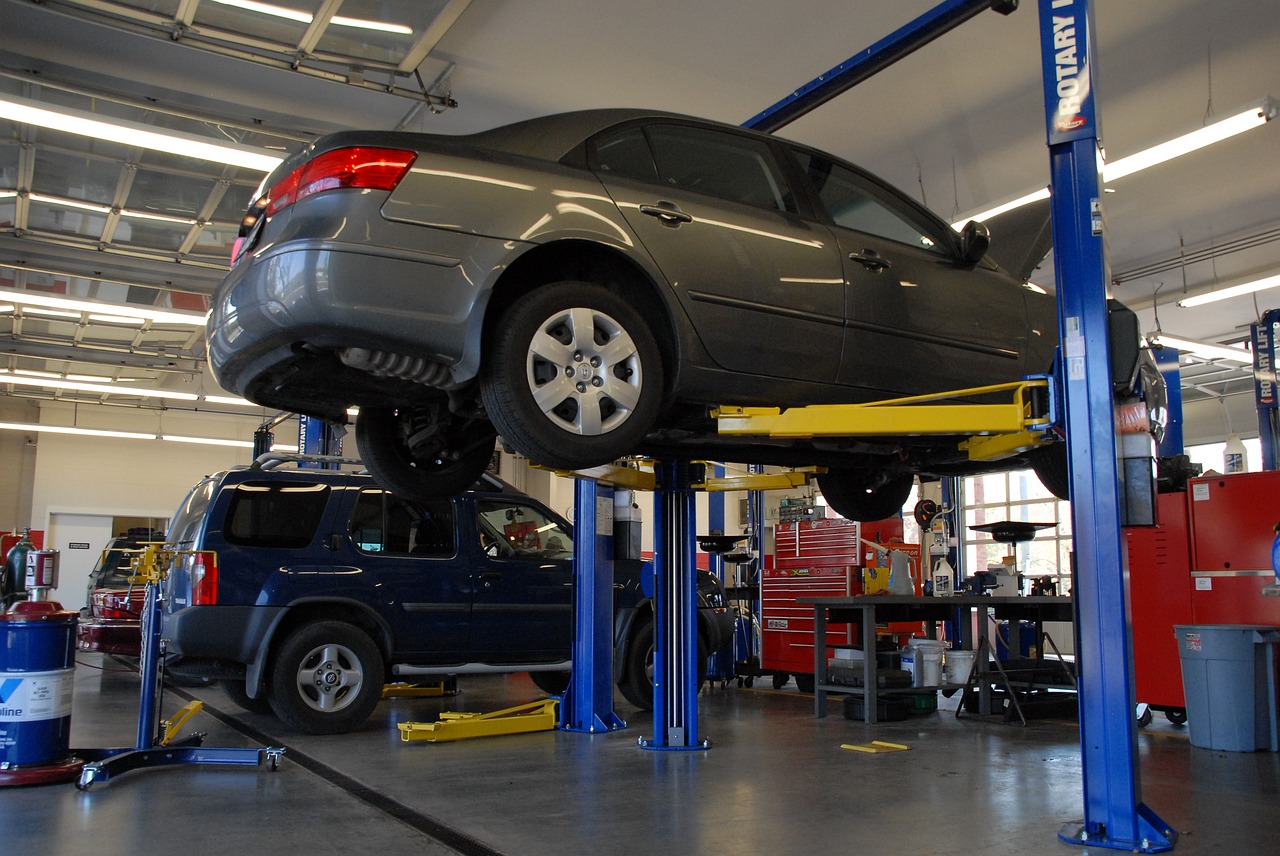One of the most essential parts of car ownership is maintaining the quality and level of the many fluids your vehicle needs to run smoothly. Many drivers check their fluids whenever they are due for an oil change, which is a great way to ensure that you’re monitoring and topping them off regularly.
However, you may need to check your fluid levels more often than you change the oil, especially if you use synthetic options. When shops do oil changes or routine maintenance, they generally check all fluids, but it’s still a good idea to double-check at home yourself. When you check the fluids at home, be sure to do so when the vehicle is parked on an even surface and the engine is cold. A hot engine can cause inaccuracies in fluid level measurements. It’s also quite dangerous.
The most important fluids to keep an eye on include:
1. Coolant
Engines produce a great deal of heat and require coolant, also known as antifreeze, to keep everything at a proper temperature. Coolant absorbs engine heat and helps disperse it through the radiator so that it does not overheat. When the engine is hot, the pressure can cause the coolant to spray, so it is critical to check it when the vehicle has cooled completely. Typically, coolant only needs to be checked every 50,000 miles, but it is worthwhile to look more often in case a leak occurs and you need to top it off prior to a repair.
The process of checking coolant is different for each model. Some vehicles have a semitransparent tank for the coolant with the minimum and maximum levels marked, whereas others require you to open the radiator cap to look. In addition, there are different types of coolant, so make sure the fluid you choose is compatible. Always give the liquid a few minutes to settle before replacing the cap.
2. Oil
Besides fuel, oil is the most important fluid for any vehicle because it keeps all engine parts lubricated. To check the oil level, give the engine time to cool and then remove the dipstick. Wipe the dipstick clean, replace it, and remove it once again to check the level. The dipstick itself will have lines indicating maximum and minimum levels. If the level is at or below the minimum, add more oil immediately. Low oil levels usually mean the engine is burning the fluid or leaking, and both are serious problems.
While checking the oil level, keep an eye on the color of the oil. The fluid should be yellow or amber rather than brown or black. If the oil appears milky, you may have a coolant leak. You should also rub the oil between your fingers to make sure it’s still smooth. If the oil feels gritty, that means it is breaking down and needs to be replaced.
3. Transmission fluid
Transmission fluid acts like oil for the transmission, keeping all parts lubricated. Most transmissions come with lifetime fluid that does not need to be replaced, but it is worth inspecting if you note rough shifting, sudden surges in power, or weird noises coming from the engine. When you notice transmission problems, check the fluid first. Some vehicles have a dipstick for this fluid, but others may require you to go to a mechanic. The fluid should be amber or red in color and feel smooth. If your car has a fill spout, you can top the transmission fluid off yourself. After, be sure to move the gear selector through the gears with your foot on the break to get the fluid flowing through the transmission.
4. Wiper fluid
Even with great windshield wipers, like Trico offers, the blades do little good without fluid to lubricate them. Wiper fluid is crucial for safe driving. Luckily, you can buy jugs of this fluid at most gas stations and all auto supply stores. Simply fill the reservoir until it is full. Note that there are different grades of fluid, so make sure you’re using the best option for your current driving conditions. Winter fluids resist freezing more than other types. In addition, avoid filling the reservoir with water—it simply does not work as well and can make it difficult to see through the windshield.
5. Brake fluid
The brakes on modern cars are hydraulic, which means that fluid is used to connect the brake apparatus to the pedal. When you press the pedal, the brake fluid in the line is pressurized, which causes the brake pads to clamp down on the rotors. If you notice a delay in braking or the pedal has some resistance, always check the brake fluid first. Brake fluid can also be contaminated with water; the result is a spongy feeling when you use the pedal. Cars typically have a brake fluid reservoir in the engine bay, and you can quickly see both the level and color. The level should be between the maximum and minimum fill lines.
In addition, be sure you can see through the brake fluid. If it’s dark or cloudy, it needs to be replaced. Also note that the different varieties of brake fluid have different colors. Make sure you choose a fluid that is compatible with your vehicle.
6. Power steering fluid
While older cars may not have power steering, virtually every new model does. Power steering makes it easy to maneuver your vehicle, regardless of speed. The majority of power steering systems are hydraulic, which means they rely on pressurized fluid. There’s no real consensus on how often you should replace the power steering fluid, but you should at least know how to check it in case you notice steering issues. The engine bay should have either a reservoir or dipstick for this fluid with indicators for the maximum and minimum levels. If you need to add power steering fluid often, it’s likely you have a leak. Talk to a mechanic as soon as possible.
